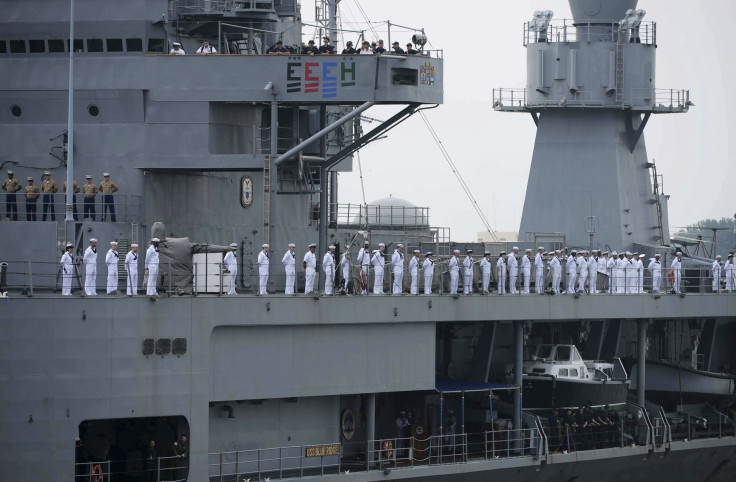China Can Beat US Navy In South China Sea, Simulation Exercises Show

In 2013, a journalist staged a high-end computer war game pitting the United State’s Littoral Combat Ships (LCS) against a Chinese flotilla. The setting for the simulated battle was the Scarborough Shoal in the South China Sea, a real-life disputed area between China and the Philippines.
The results of this battle showed the lightly armed LCS falling to the Chinese destroyer Changde and a Qinzhou corvette (a naval vessel designed for mid-range missions and littoral duties, but not for major combat operations).
And this may be why the U.S. Navy is expected to select a shipyard to build 20 heavily armed frigates to replace about half of the LCS that the Navy had planned to buy before realizing that they couldn’t survive, much less win, a major shooting war.
The journalist was Kyle Mizokami, a freelancer based in San Francisco who writes on defense and security issues in Asia, particularly Japan. He is the founder and editor for the blogs Japan Security Watch and Asia Security Watch. He is a contributor to The Daily Beast, The Atlantic.com, Salon, The Japan Times and The Diplomat.
Mizokami wanted to answer the question: Just how vulnerable is the LCS? He began by booting up Command: Modern Naval/Air Operations, a high-end computer war game, and the mock skirmish begins with the destroyer Changde and the Qinzhou ambushing and sinking a pair of Philippine frigates.
That gets an immediate response by the U.S. Navy who dispatch two LCS, the Fort Worth and Freedom to the scene followed by the American destroyer Halsey. Writing about the fake battle, Mizokami states, “The result isn’t good, and a harrowing lesson to be cautious about how we equip the U.S. military. It’s a gamble because LCS is not well-protected against anti-ship missiles, having only 57-millimeter guns and rolling airframe missile launcher mounts.”
The simulation shows that the Qinzhou’s 76-mm gun inflicts damage on the Fort Worth and puts its rolling airframe missile launcher out of commission. Soon after, the other missile launchers are destroyed rendering the ship defenseless except for a single 57-mm gun that is soon taken out in a barrage of firepower. The attack continues until the Fort Worth is capsized.
By this time the Halsey has entered the fray and inflicted damage on the Changde allowing the Freedom LCS to finish the Chinese vessel with the last of its missiles. However, it too is destroyed by Qinzhou’s larger guns after a brief skirmish. The war game ended at this point with the Halsey presumably surviving the event and the Qinzhou as the winner of the conflict.
The US Navy likely ran simulations of their own and this may be why they are looking to replace the LCS with more heavily armed vessels.
© Copyright IBTimes 2024. All rights reserved.





















